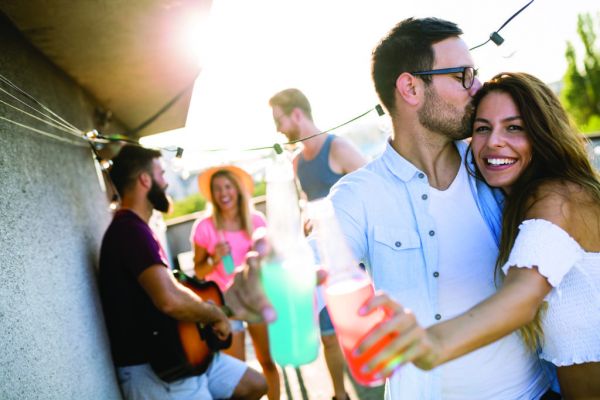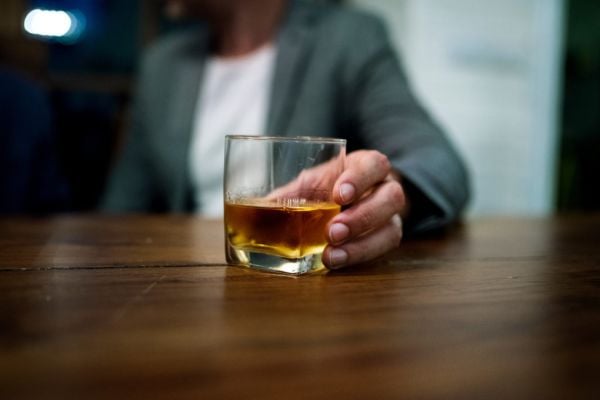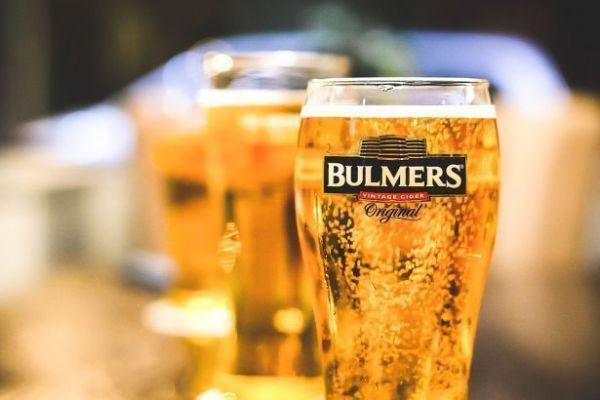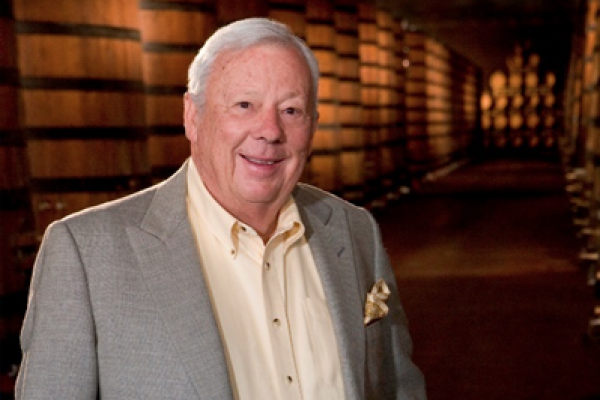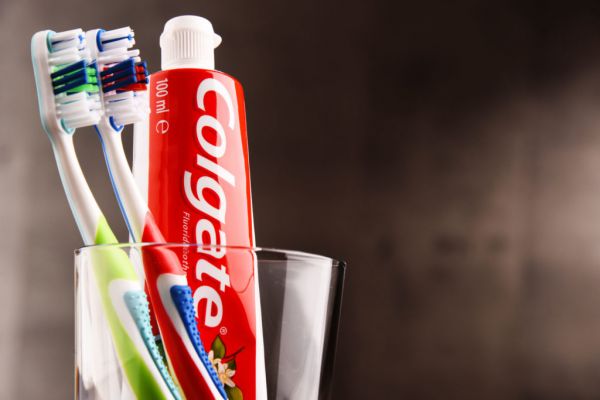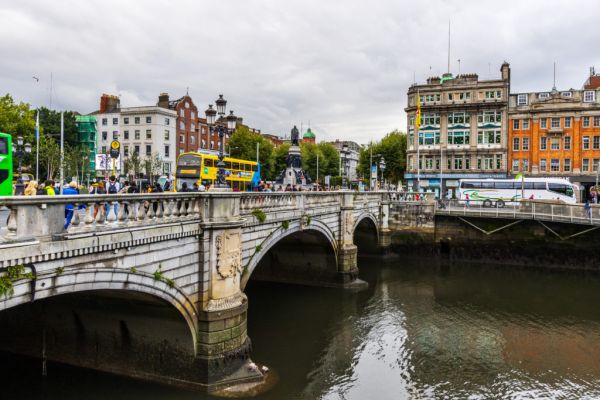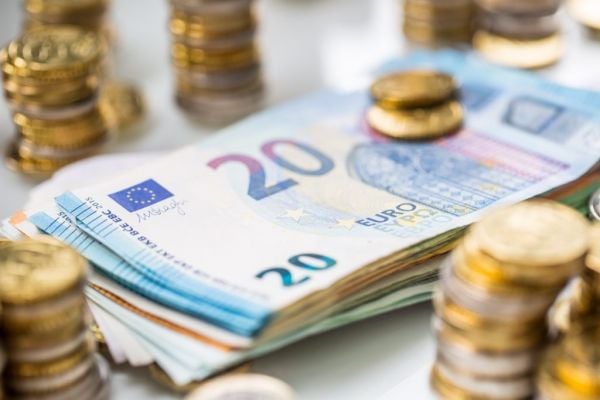The quality of low and no alcohol options has increased across most segments of the Irish drinks industry in recent years. As a result, we are seeing increasing levels of uptake, particularly when it comes to beer and low/no alcohol spirits. Maev Martin reports
With Dry January becoming increasingly popular in recent years, and many people taking part this month, the latest data proves that Irish people are continuing to embrace non-alcoholic beer and other no or low alcohol alternatives.
As more and more consumers opt to choose 0.0% beer, Ireland’s brewers have responded by producing high quality non-alcoholic beers in recent years.
This has resulted in an unprecedented choice of 0.0% beers for consumers.
Figures compiled by Drinks Ireland show that non-alcoholic beer sales in Ireland have more than tripled between 2017 and 2021, from 1.79 million to 5.55 million litres.
This market share for non-alcoholic beer soared by 275% during this time, from 0.4% to 1.5%.
The industry anticipates that non-alcoholic beer will soar in popularity this year and beyond, as Irish consumers seek more balance in their drinking and avail of the growing range of alternatives now available.
This will mirror what is happening internationally, with the global non-alcoholic beer category predicted to grow by 8.7% annually between 2021 and 2025.
Other beer loving countries have embraced the trend.
Germany is the largest and most developed market for no-and low-alcohol beer, and its market share is 11.8% of the total beer category.
In Spain, no- and low-alcohol beers have a market share of 10.6%.
This followed an extensive campaign by Spanish brewers to promote non-alcoholic beers as an alternative beverage for people who are driving.
While this trend is driven by non-alcoholic beer in Ireland, sales of non-alcoholic cider and low/no alcohol spirits both grew in 2021, by 52% and 314% respectively.
“We are seeing that consumers in Ireland are seeking more balance when it comes to their drinking, which is positive,” says Cormac Healy, director, Drinks Ireland.
“Revenue data also shows that overall alcohol consumption continues to fall in Ireland, down by around 33% in 20 years. We see research that young people in particular are cutting back and making changes."
Younger Generation Leads The Way
Musgrave MarketPlace research, which was published last month, revealed that Irish Gen Zs were more likely to partake in an alcohol-free Christmas.
The research showed that the younger generation is leading the way when it comes to the growth of the zero alcohol category.
While almost a third of the entire nation agreed that a zero-alcohol option is a good way of feeling involved when driving on a night out, it is only the 18 to 24-year-olds who are actively trying to drink less when reaching for a zero alcohol drink, with 30% doing so for health reasons or to avoid ending up hungover.
Zero alcohol beer and mocktails are the most popular beverages across the nation, with 18 to 34-year-olds opting for the fruity, easy to drink mocktails.
Conversely the research showed that a quarter of all Irish adults still can’t see any occasion where they would opt for the alcohol-free option, with 56.5% of over 55s in particular claiming they wouldn’t drink an alcohol-free beverage.
This was also the age group that felt the least confident to do so in the company of others who were taking alcohol.
The 35 to 44 age group said they would feel the most confident to go alcohol free on a night out but, interestingly, their intentions to do so for Christmas 2022 didn’t mirror this confidence.
No Secco And Seedlip
When broken down by geography, those living in Longford felt the least confident to skip the alcohol, even if it meant a hangover-free day.
While Leitrim natives favour 0% beer, counties Roscommon, Cavan and Louth favour zero cider. In Monaghan, Westmeath, Sligo and Offaly, No Secco was the non-alcoholic beverage of choice, while Clare residents opted for Seedlip, the aromatic botanical mix that mimics the taste of gin.
“The Irish market has seen significant growth of 11.2% in the low and no lager category this year, generating €22.4 million in sales to September this year, according to CGA figures,” said Ken Allan, head of beverage at Musgrave MarketPlace.
“Incredibly, our growth figure vastly outperforms the market, with the low and no alcohol category growing by 141% in the year to date.
This is due to on-trade trends like consumers switching to non-alcohol options due to health reasons, as well as the introduction of several draught options in the category.
“Our research shows that Gen Z is really leading the way in terms of the zero alcohol category with an appetite for tasty premium alcohol-free options that still allow them to feel like they’re celebrating and enjoying a special moment, or just letting their hair down, albeit in a non-traditional way.
"We know this generation to be un-afraid of treating themselves with premium purchases.
"They also look after their bodies and minds with healthier options, whether it is food, drink or their mental and physical wellbeing, so it’s no surprise they’re making waves and driving innovation and creation within this burgeoning category."
Demand for information soars
4 January 2023 marked the one-year anniversary of the introduction of minimum unit pricing for alcohol in Ireland.
The measure aims to reduce the sale of very strong alcohol products at very low prices and is one part of many measures introduced through the Public Health Alcohol Act 2018.
While research has yet to reveal the impact of MUP on the sale and consumption of alcohol in Ireland, Drinkaware recently revealed that public demand for information, education and awareness regarding alcohol soared in 2022.
This is yet another example of how consumers are keen to know precisely what their alcohol intake is to enable them to control consumption.
This can be done by drinking less alcohol or by switching completely, or in part, to low/no alternatives.
Drinkaware, the independent national charity working to prevent and reduce alcohol misuse and delay the age of a first drink, announced year-end figures on 3 January that demonstrate a clear demand and desire from the public for trusted information on alcohol.
Over 450,000 people visited Drinkaware.ie in 2022, a 20% increase on 2021, with 143,672 coming to the website to find out more information on drink driving, over 42,000 to learn more about the HSE low-risk weekly alcohol guidelines, and 13,706 for advice on how to talk to young people about drinking.
A total of 26,567 people visited the webpage explaining minimum unit pricing, spending on average over six minutes on the page (figures taken from Google Analytics for year-end 2022).
While legislative progress has been achieved through the Public Health Alcohol Act of 2018, with notable changes such as barriers in retail outlets and a prohibition of alcohol sponsorship at children's events, there are still elements of the act to be enacted, including the labelling of health warnings on alcohol products and the broadcast watershed.
“Drinkaware supports evidence-based measures that can contribute to achieving their charitable purpose to prevent and reduce alcohol misuse, including the Public Health (Alcohol) Act 2018,” said Sheena Horgan, Drinkaware CEO.
“This support is reiterated through the ‘Read the Label’ campaign which we launched prior to the festive season, in addition to the new ‘Standard Drink’ calculator tool, which enables the public to determine the exact number of standard drinks in a product based on % ABV and millilitres.
"However, it is evident, through the demand from the public for information on alcohol, that more education and awareness work is needed.
“As the national charity working to prevent and reduce alcohol misuse, we know that to address the societal issue of alcohol in Ireland, a multi-faceted approach is required and that includes legislative and environmental interventions.
"A collaborative and inclusive approach to reduce alcohol related harm is also championed by the World Health Organisation.
Drinkaware Barometer
"The Drinkaware Barometer 2022 is a national population-based survey of 1,000 adults aged 18+ conducted by Behaviour and Attitudes in June 2022 and included a series of internationally recognised modules relating to alcohol consumption and mental health.
"The barometer revealed that Drinkaware had an 87% awareness and trust among the public, making it a recognised source of alcohol information in Ireland, with a central role to play in creating lasting change regarding alcohol.
"The purpose of Drinkaware as a charity is to support the public, and this can be clearly seen through the public interest in the Drinkaware Minimum Unit Pricing explainer webpage.
"With high demand from the public to understand the legislation, the Drinkaware Minimum Unit Pricing explainer webpage is a clear example of how the charity works to ensure the public are informed and armed with accurate information.
"The Drinkaware team is looking forward to continuing this much needed and important work in 2023."
© 2023 Checkout – your source for the latest Irish retail news. Article by Maev Martin. Click subscribe to sign up for the Checkout print edition.
